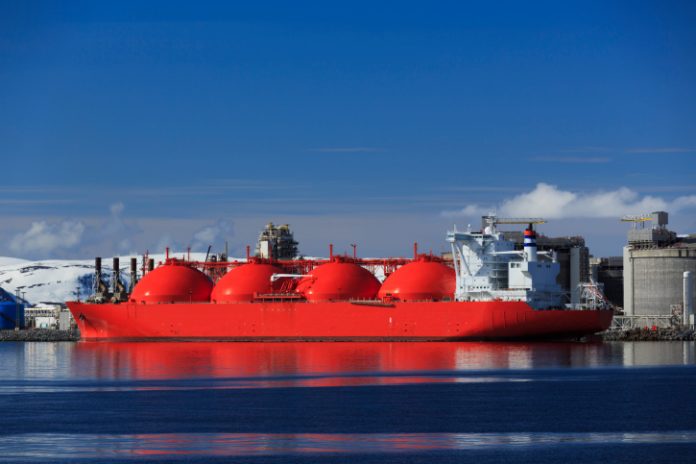By Ed Longanecker
Natural gas has provided certainty and energy accessibility to European consumers for decades, and today it is paving the way for new low-carbon technologies. While natural gas represents 20 percent of the EU’s energy mix, 70 percent of it is imported. Gas is responsible for significant infrastructure and trade in Europe, including several LNG import terminals strategically located in multiple entry points, as well as the controversial Nord Stream pipeline shared with Russia.
Europe’s current challenge to secure more natural gas is pushing the EU to rethink its partners in order to cost effectively advance its low carbon energy policy. The EU’s current supply strategy has come at a very high cost, both for consumers and ironically, the environment. Protests due to high prices in the UK and European and rumors of potential blackouts as winter approaches beg for a quick but effective solution.
The clear solution? Texas LNG. LNG from the Lonestar state provides a solution that rises to meet Europe’s challenge: natural gas that is both price competitive and has a lower carbon intensity than gas produced elsewhere.
From a cost competitive perspective, U.S. shale gas is the main driver of global gas consumption, with the capacity to easily increase output and export volumes. The Lone Star State is responsible for one-fourth of the nation’s total natural gas production in the U.S., and its recently added LNG infrastructure has helped the country position itself as the third largest LNG exporter worldwide in just a couple of years.
In fact, Texas’ export capacity has significantly increased over the last six years thanks to both Cheniere’s Corpus Christi and Freeport LNG terminals, which represent more than one-third of the country’s total LNG exports. Additionally, two more LNG export facilities are under construction and at least six other LNG export terminals have been sanctioned, elevating the state’s position as one of the most reliable natural gas suppliers. Russian gas producers have already admitted they won’t be able to supply Europe’s urgent gas demand in the short term, making Texas LNG the reliable option.
When it comes to emissions and maintaining a low carbon intensity, Texas LNG also has a competitive advantage compared to its peers. In fact, when considering LNG’s lifecycle carbon footprint – in other words, counting emissions from the extraction, production, liquefaction and shipping process all the way to Europe – U.S. LNG is less carbon intensive than Russian gas piped across the border or LNG options from the Middle East.
Texas LNG’s competitiveness in the energy transition is only expected to increase as our state’s producers continue certifying their extractions as low carbon and deploy more resources into responsible natural gas sourcing. These efforts include broad industry commitments to reduce flaring by more than 50 percent. Choosing Texas LNG over other suppliers is a no brainer for Europe, especially considering the bloc’s ambitious climate agenda.
Europe’s struggle to access affordable, reliable, and clean energy is not a novelty. But this time, the EU has a clear choice to adequately meet its gas needs without compromising consumers or the climate. By choosing Russian or other high carbon intensive sources, Europe is missing a big opportunity in securing reliable and affordable gas supply. Why not let Texas LNG save the day?
Ed Longanecker is president of the Texas Independent Producers and Royalty Owners Association.
Originally published by RealClearEnergy. Republished with permission.


























